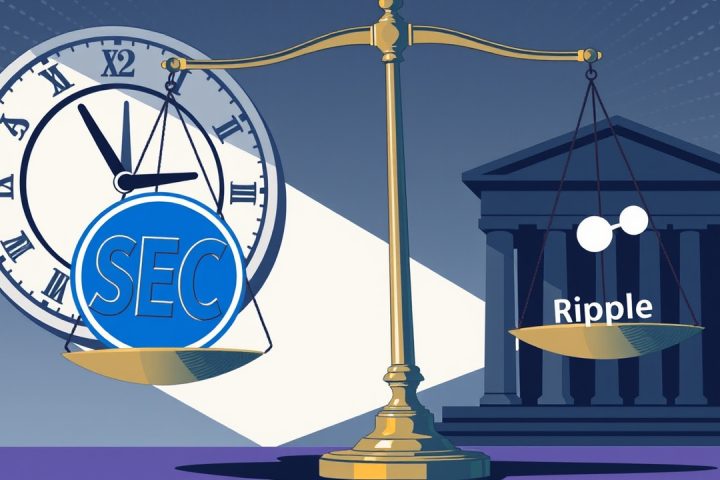Challenges Faced by Independent Bitcoin Miners
In the midst of a harsh bear market, independent Bitcoin miners are grappling with significant challenges, while industry giants like MARA Holdings and Riot Platforms are diversifying their operations into artificial intelligence and global energy domains. This contrast underscores an alarming reality: the long-term sustainability of Bitcoin may be in jeopardy. While an increase in hashrate is often viewed positively as a sign of network vitality, it masks a troubling distribution issue regarding how that power is shared among miners.
As the market downturn continues, small to mid-size miners are struggling under the weight of escalating operational costs, political instability, and fierce rivalry against well-funded mining conglomerates.
Merged Mining as a Strategy
Merged mining has surfaced as a critical strategy for these independent miners, allowing them to utilize the same infrastructure to support multiple blockchains without incurring extra energy expenses. This innovative approach not only diversifies their revenue sources but also helps maintain their profitability and supports the decentralized nature of the Bitcoin ecosystem.
Large mining enterprises have harnessed their scale to secure competitive advantages that leave smaller miners floundering during economic downturns. While independence may offer smaller miners lower profit margins, substantial firms can leverage their financial clout to deploy advanced treasury and hedging strategies, affording them resilience in adverse market conditions.
Case Studies: MARA Holdings and Riot Platforms
Take MARA Holdings as a case in point. The company has embraced renewable energy solutions aggressively, securing a significant facility in Texas and forming a groundbreaking alliance with the Kenyan government to nurture renewable energy generation alongside establishing a mining facility that operates sustainably. This strategic diversification allows MARA to mitigate risks associated with energy price fluctuations that could endanger smaller operations.
Some major players are even venturing into entirely different industries. For instance, Riot Platforms recently declared intentions to create AI data centers, marking a pivot into artificial intelligence to meet the soaring demand for advanced computing, which insulates them from Bitcoin market volatility. This separation from cryptocurrency revenue streams offers Riot a cushion during downturns, diminishing their dependence solely on Bitcoin’s market performance.
Negotiating Power and Market Pressures
Moreover, large mining firms can forge exclusive agreements with electricity providers, a luxury unavailable to smaller entities. They often negotiate better rates or capitalize on tax incentives from local authorities eager to attract tech infrastructure. Since 2022, Riot Platforms has amassed nearly $136 million in energy credits from the Texas power grid, enhancing their advantage further. For independent miners, such expenses as skyrocketing electricity costs and tariffs on hardware are compounded by an unstable market environment, pushing them closer to extinction if conditions do not improve.
The Importance of Merged Mining
To combat these pressures, merged mining has emerged as a vital tool for independent operators, enabling them to utilize their computational efforts on Bitcoin to secure other compatible blockchains without needing additional resources. This mechanism serves as a vital revenue buffer, offering stability during periods when Bitcoin’s block rewards diminish.
The agility of smaller miners also gives them a competitive edge; they often can pivot their operations and adopt merged mining strategies more swiftly than their larger counterparts, who may face bureaucratic slowdowns. This adaptability enables smaller miners to innovate continuously, fine-tuning their operational tactics to capitalize on returns that larger firms might miss.
Conclusion: The Role of Independent Miners
In the grand scheme, the robustness of independent miners is crucial not merely for competitive diversity but for the overall health of the Bitcoin ecosystem. A wide array of miners can act as a bulwark against the dangers of centralization, which poses risks of censorship and manipulation by a few dominant entities. In an era marked by price fluctuations and rising competition, it’s imperative for all stakeholders in the Bitcoin realm—developers, miners, and advocates—to embrace merged mining as a foundational component of sustainable growth. Supporting smaller miners transcends issues of equity; it is integral to ensuring Bitcoin’s enduring status as a decentralized, global financial network.




